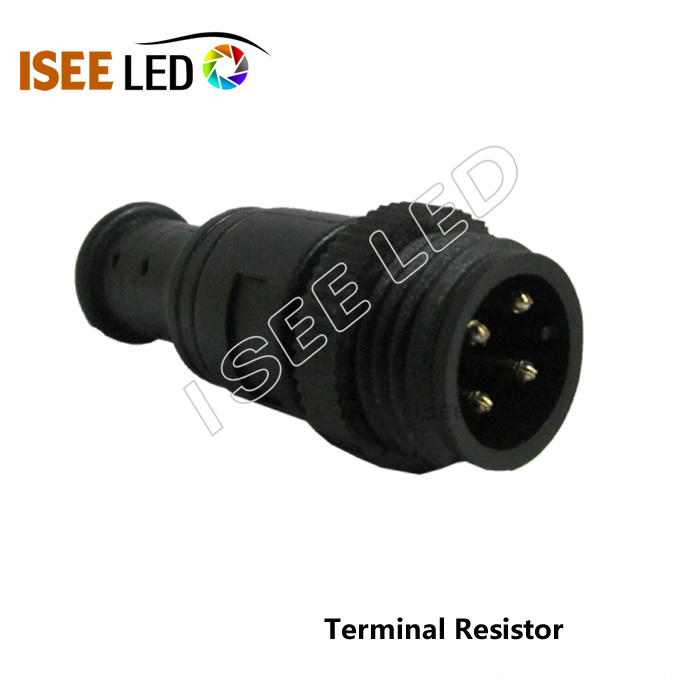EPON access technology principle and networking application
The EPON network uses FTTB to form a network, and the basic units of its networking are OLT and ONU. The OLT provides a rich PON port for the central office equipment to connect the ONU equipment; the ONU is the user equipment to provide the corresponding data and voice interface to achieve access to user services. The implementation of access to different services is mainly to use different VLAN tags for different services of different users to transparently transmit to the corresponding service access server, and strip the corresponding VLAN tags to the IP bearer network for transmission.
1. EPON network introduction
EPON (Ethernet Passive Optical Network) is an emerging optical fiber access network technology. It adopts point-to-multipoint structure, passive optical fiber transmission method, media access control method based on high-speed Ethernet platform and TDM time division MAC (MediaAccessControl) 2. Broadband access technology that provides multiple integrated services. The so-called "passive" refers to the ODN does not contain any active electronic devices and power supply, all composed of passive devices such as optical splitters (Splitter). It uses PON technology at the physical layer, Ethernet protocol at the link layer, and Ethernet access using the PON topology. Therefore, it combines the advantages of PON technology and Ethernet technology: low cost, high bandwidth, strong scalability, flexible and rapid service reorganization, compatibility with existing Ethernet, convenient management, and so on.
EPON can realize the integration of voice, data, video and mobile services. The EPON system is mainly composed of OLT (Optical Line Terminal), ONU (Optical Network Unit), ONT (Optical Network Terminal) and ODN (Optical Distribution Network). It is at the access network level of the network, and is mainly suitable for optical fiber connection of broadband services Into.
Active network equipment includes central office rack equipment (OLT) and optical network unit (ONU). The optical network unit (ONU) provides users with an interface between data, video and telephone networks and the PON. The initial role of ONU is to receive optical signals and then convert them into the format required by the user (Ethernet, IP broadcast, telephone, T1 / E1, etc.). OLT equipment is connected to the IP core network through optical fiber. The introduction of the optical access network has a coverage of 20km, which ensures that the OLT can be upgraded to the traditional metropolitan convergence node from the early stage of the optical access network construction, thereby simplifying the network structure of the access network convergence layer and saving The number of end offices. In addition, the characteristics of the optical access network's large capacity, high access bandwidth, high reliability, and multi-service QoS level support capabilities have also made the access network evolve into a unified, convergent, and efficient bearer platform.
2. Basic principles of EPON network
The EPON system uses WDM technology to achieve single-fiber bidirectional transmission, using upstream 1310nm and downstream 1490nm wavelengths to transmit data and voice, and CATV services use 1550nm wavelengths to carry. The OLT is placed at the central office, allocating and controlling channel connections, and has real-time monitoring, management, and maintenance functions. The ONU is placed on the user side, and the OLT and ONU are connected in a 1: 16/1: 32 manner through a passive optical distribution network.
In order to separate signals from multiple users on the same fiber, the following two multiplexing technologies can be used.
1) Downstream data flow uses broadcast technology. In EPON, the process of transmitting data downstream from the OLT to multiple ONUs uses data broadcast. The data is broadcast from the OLT to multiple ONUs in the form of variable-length packets. Each information packet carries an EPON header, which uniquely identifies whether the information packet is sent to ONU-1, ONU-2, or ONU-3. It can also be identified as a broadcast packet sent to all ONUs or to a specific ONU group (multicast packet). When the data reaches the ONU, the ONU receives and recognizes the packets sent to it through address matching, and discards the packets sent to other ONUs. After the ONU is registered, a unique LLID is assigned; when the OLT receives data, it compares the LLID registration list. When the ONU receives data, it only receives frames or broadcast frames that match its LLID.
2) Upstream data flow adopts TDMA technology. OLT compares the LLID registration list before receiving data; each ONU sends a data frame in a time slot uniformly allocated by the central office equipment OLT; the allocated time slot (through ranging technology) compensates for the distance gap between each ONU and avoids each ONU Collision.
Terminal Resistor as a optional LED Accessories , which always connected with the last led lamp output to make sure the signal stable. The Termination Resistor is necessary in 3D Led Tube light project. We embemed terminal resistor in a small 4 pin end tie, which make sure the terminal resistor waterproof, dustproof and fast apply to the DMX 512 led project.
Photo show of Terminal Resistor And End Cap :

Terminal Resistor And End Cap,Terminal Resistor,Termination Resistor
Shenzhen Iseeled Technology Co., Ltd. , https://www.iseeledlight.com